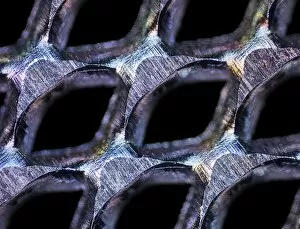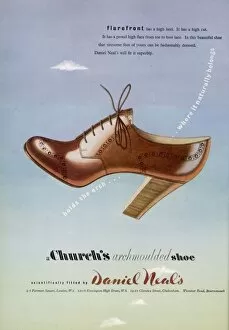Perforated Collection (#5)
"Exploring the Intricate World of Perforated: From Money to Artifacts" Discover the fascinating world of "perforated
For sale as Licensed Images
Choose your image, Select your licence and Download the media
"Exploring the Intricate World of Perforated: From Money to Artifacts" Discover the fascinating world of "perforated, " where intricate patterns and designs take center stage across various objects throughout history. Money has always played a significant role in society, and the art of perforation found its way into currency as well. The Penny Red postage stamp from 1841, created by Perkins, Bacon & Co. , showcases delicate perforations that not only added beauty but also deterred counterfeiters. In fashion, the 1920s saw a trend of elegance with a model wearing an embroidered jacket made wool net fabric. The matching pochette completed her ensemble with exquisite craftsmanship. Artifacts also bear witness to the mastery of perforation. A vase decorated with a human head reflects the creativity and skill of Zapotec culture in ceramics. Similarly, King James II's casque features cheek pieces and a steel visor adorned with thistles meticulously crafted through perforation techniques. Even everyday items embraced this artistic technique. A horse muzzle dating back to 1570 showcases how even functional objects were transformed into works of art using perforated steel. Nature itself boasts examples like yellow flowered St. John's Wort, Hypericum perforatum, whose petals reveal tiny holes that add charm to its already vibrant appearance. Moving beyond traditional materials, creators experimented with new mediums for their craft. Augustine Haugland's tin lantern from 1937 demonstrates how light dances through intricate patterns when illuminated from within. Dorothea A. Farrington's yard lantern further exemplifies how artists harnessed both functionality and aesthetics through carefully designed openings that cast enchanting shadows on surrounding surfaces. Perforation was not limited to decorative purposes alone; it served practical functions too. An Amlash strainer from Marlik in northern Iranian Gilan mountains showcased pottery skills while allowing liquids to pass effortlessly through its small holes.






